LG Optimus L7 II - long-running robot
You've probably already read my experience with Nexus 4 or the Optimus G review? ;) Then here is the material on the new LG 2013 L-series smartphone. A long-running medium with good performance is waiting for you under the cut.
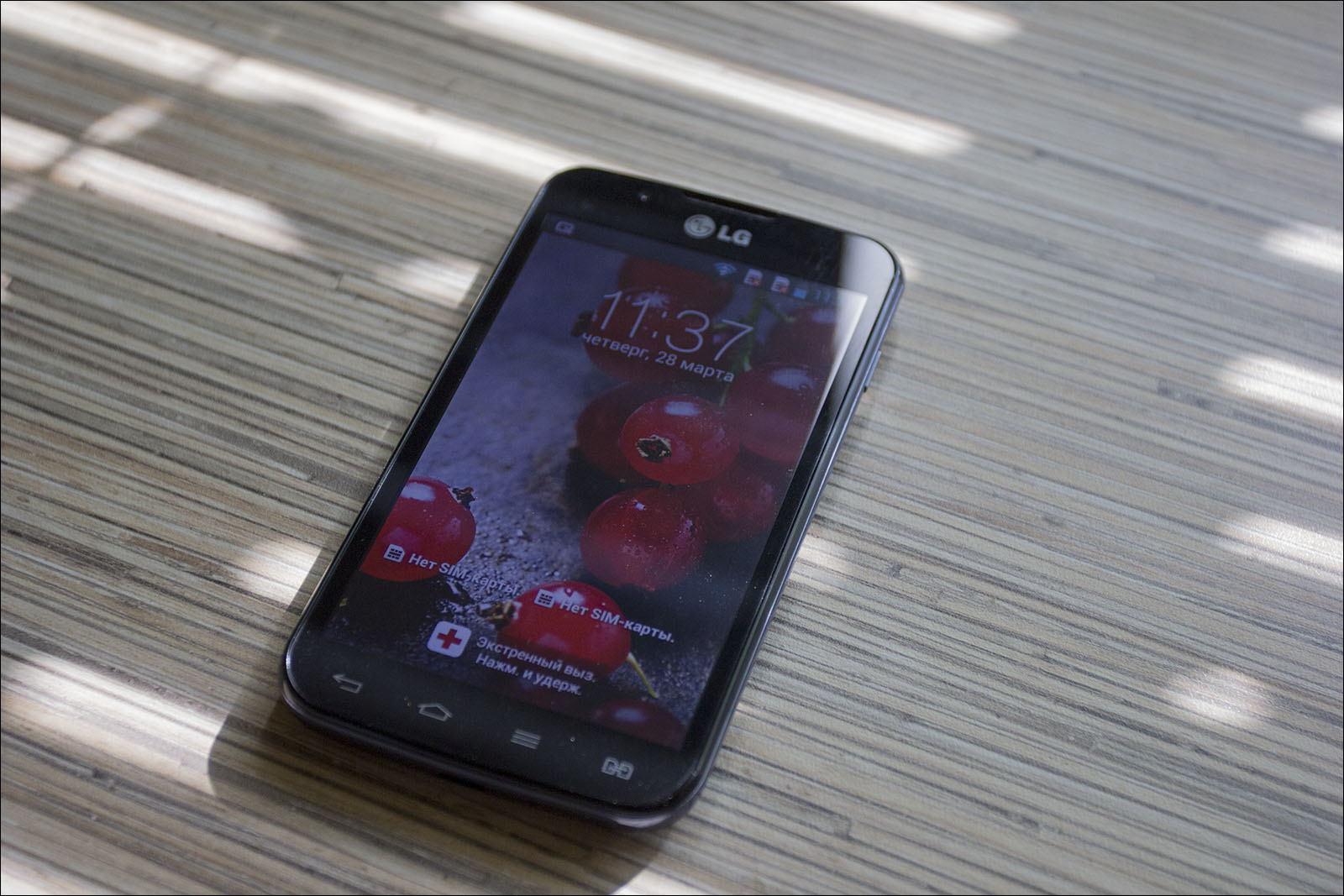
I already had experience of communicating with the L-line last year. The ideas embodied in it may have been good, but the performance at that time let us down. Did you correct the errors in 2013? Let's get a look.
This year, LG decided to separate dualsim and singlesim devices stronger than the touch buttons on the front panel. All design is completely, completely. See for yourself:
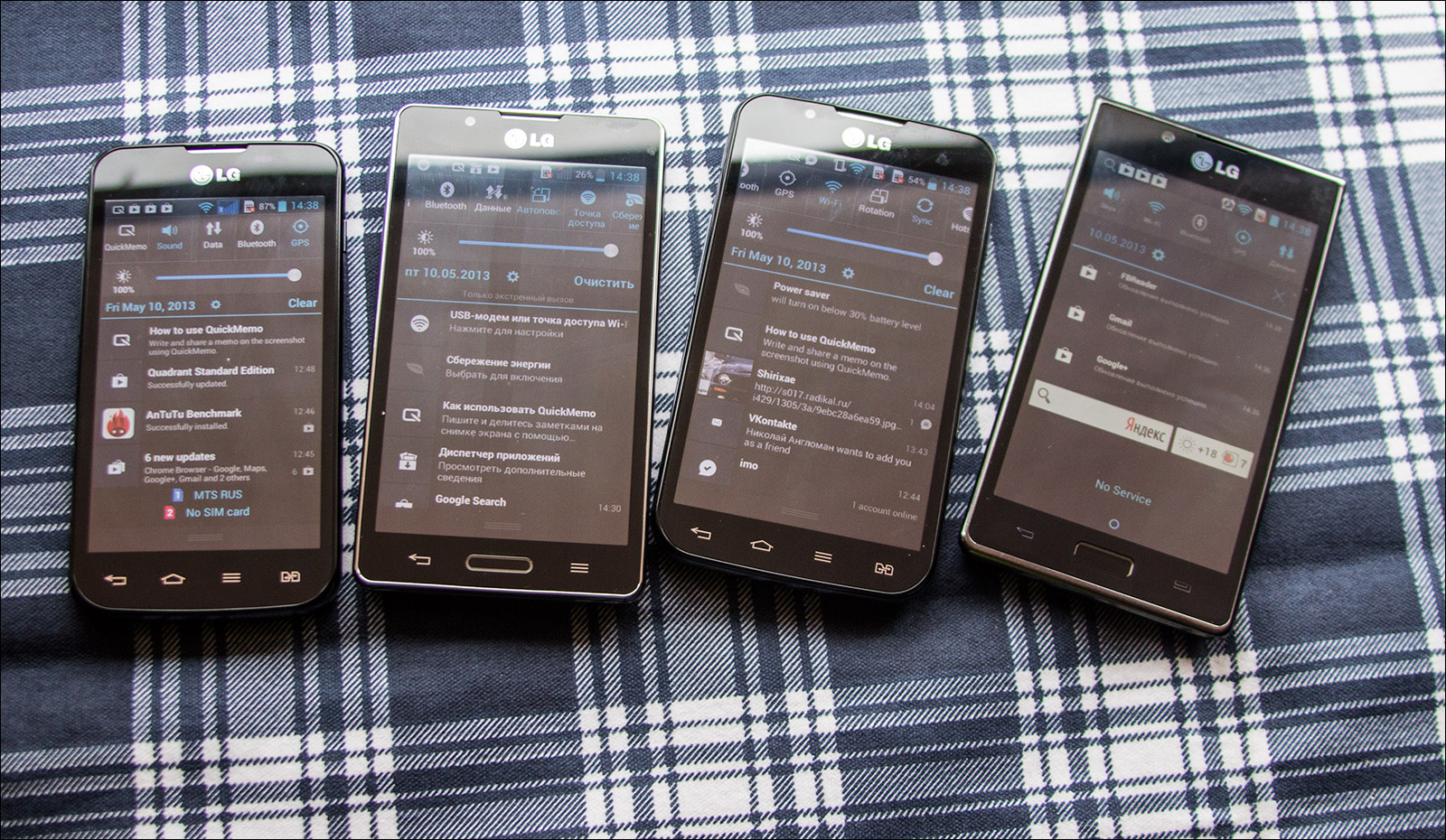
L5 II, L7 II, L7 II dual, L7 1st generation.
Rounded shapes, textured back panel, neat plastic rim “under chrome” against the usual “brick” forms of the L-series. Something like the situation with a licked Nexus4 and strict Optimus G. Nothing new, in fact, in the design of its budgetary LG did not come up, but the accents were set.
')
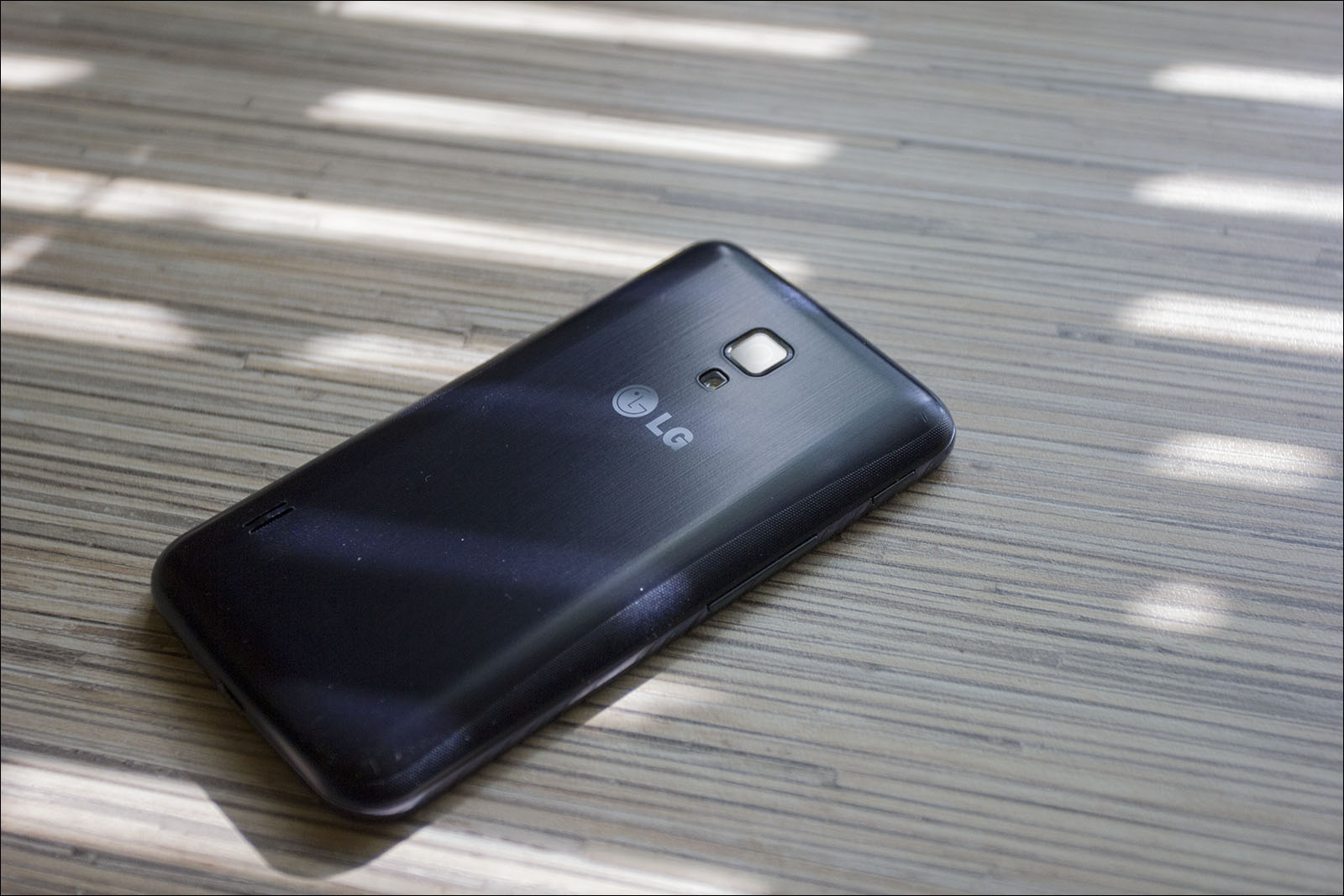
Both smartphones are identical in hardware. The lock button is on the right side (and right, there’s the place for it), the volume control and the custom Q-button are on the left. The odnosimochnika also has a home button. The hardware solutions are over, the remaining buttons (on the front panel) are touch-sensitive, and, apparently, because of economy, they are completely devoid of backlighting and are simply painted with silver paint.
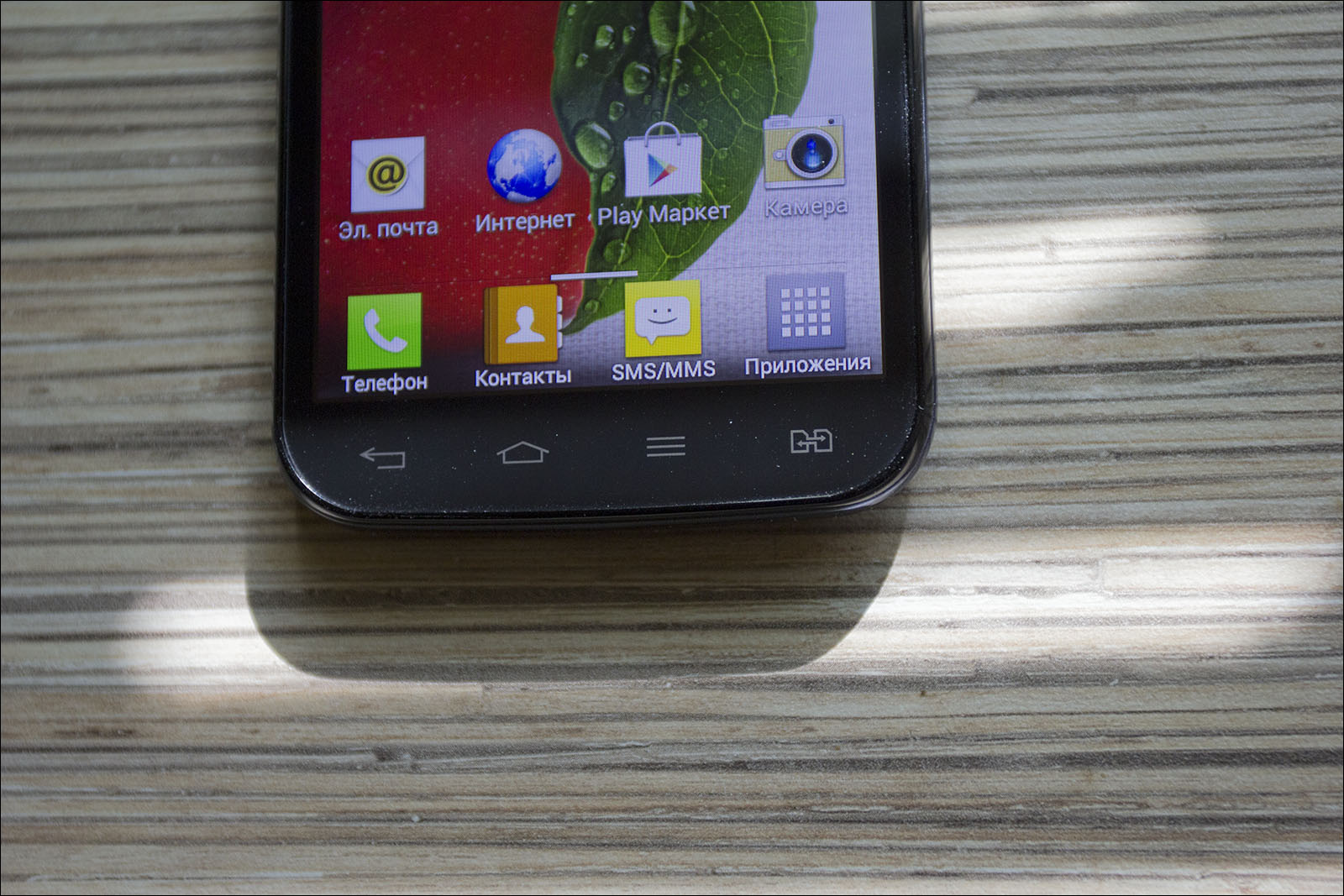
In the case of the L7 II, this decision, in principle, does not affect usability in any way - the “home” button is lit, but with the Dualsim-version it’s obviously a miscalculation: it’s not very convenient to use in the dark. Saving here, I think, not even in components (LEDs, a scattering substrate), but trite in time and resources at the production stage of the case. Apply the paint symbol where it is faster than to engrave it or in some other way make it light-guided. On the backs, by the way, also saved:

On the right - Optimus L7 of the first generation, on the left - Optimus L7 II.
Ok, distracted, back to ergonomics.
On the top, there is a headphone jack and a microphone hole (apparently for recording video with sound). Below - MicroUSB, which has become the standard for Android-smartphones, and one more hole for the microphone, this time - the conversational one.
The battery cover is removed simply - just pick it up in the microUSB-connector and lift up. Inside, there is a slot for microSD cards that supports hot swapping (not to say that this is a very important function, but better than hiding it under the battery).

Connectors for SIM cards, unfortunately, in spite of external accessibility are located in a certain indentation: a full-size SIM card, even from the top slot, cannot be removed without removing the battery. In dvuhsimochnik they are “sandwich”. It would be much more convenient to have slots “near”, since the smartphone is not small, you could find a place. And yes, do not try to shove a MicroSim into the device - getting it from there is almost impossible. Especially from the bottom slot.
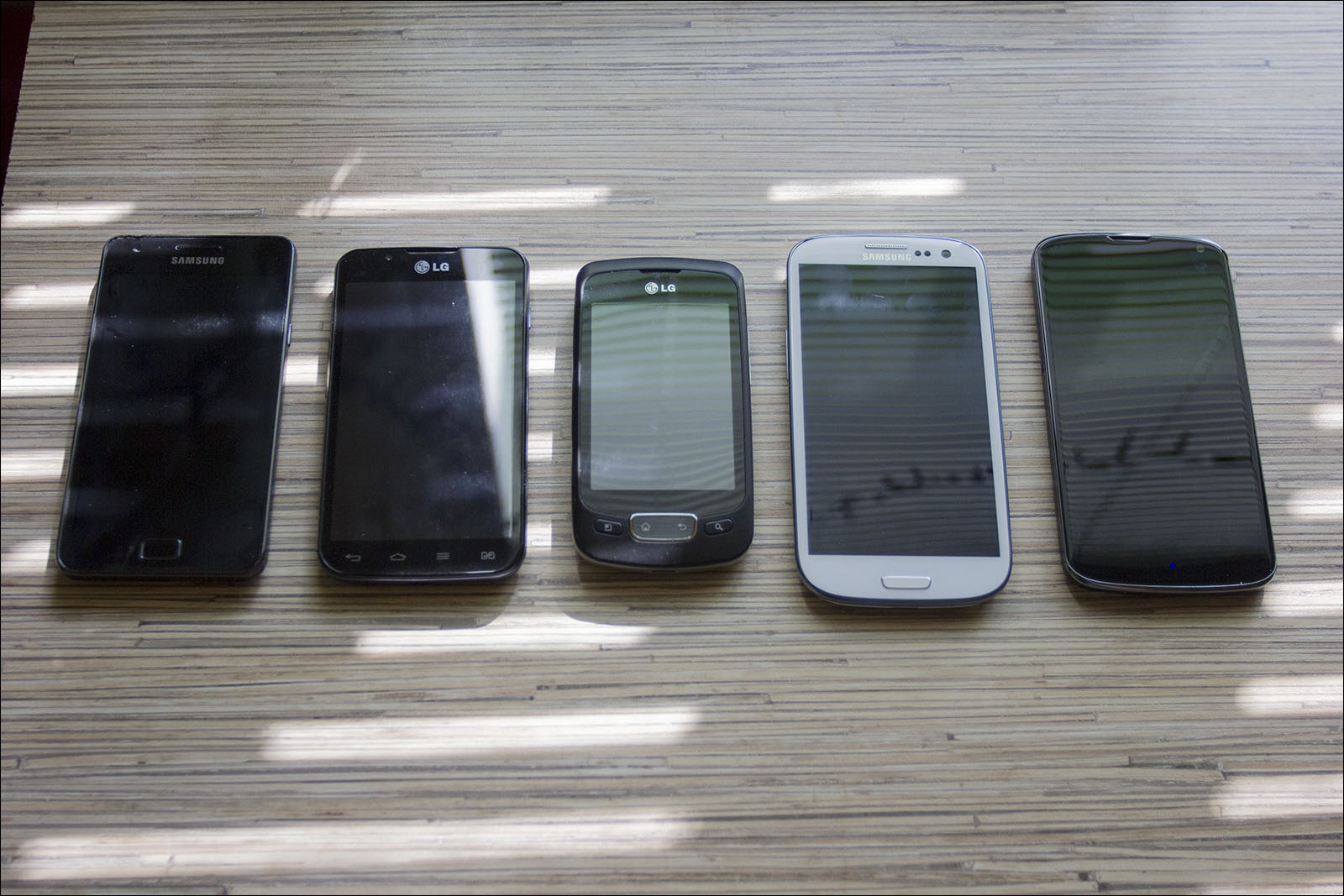
Sizes next to other popular smartphones.
The scourge of the past L7 was a single-core in-order processor, which hardly digested multitasking and the fourth Android. Good (for its price range) case materials, a good screen, a smart shell and a price tag, of course, played a role, but it was enough to start using a smartphone every day, even using a minimal set of software (IM client, twitter, browser and client, say, social network such as "VKontakte"), as the L7-P705 turned into a very thoughtful device that required the user's peace of mind. "Click, I will, just do not poke a thousand times." Something like this. In the new generation, LG took into account production errors, expanding the amount of RAM and adding a second nucleolus to the processor. Thus, the specs began to look like this.
Despite the fact that the processor remained in-order, the performance in some synthetic benchmarks has doubled! Thanks to the second core and 256 meters of RAM.
Antutu Benchmark on poyuzanny L7 produces about three thousand parrots. On the actively used L7 II dual - more than six thousand.
The graphics subsystem lacks stars from the sky, but it can be described as “sufficient”: the main toys are launched, the FPS tests float around 25-30 frames, and the animation of changing application windows or opening the main menu has stopped resembling a slideshow. The most pleasant bonus is the extra 256 megabytes of RAM. Now, with the messenger and player open, the browser or reader will stop falling out of memory. The work on the bugs was not done in vain: you can really use the phone every day, and not feel the problems of “clogging” the memory with software.
In the previous version - IPS, in these - also IPS.
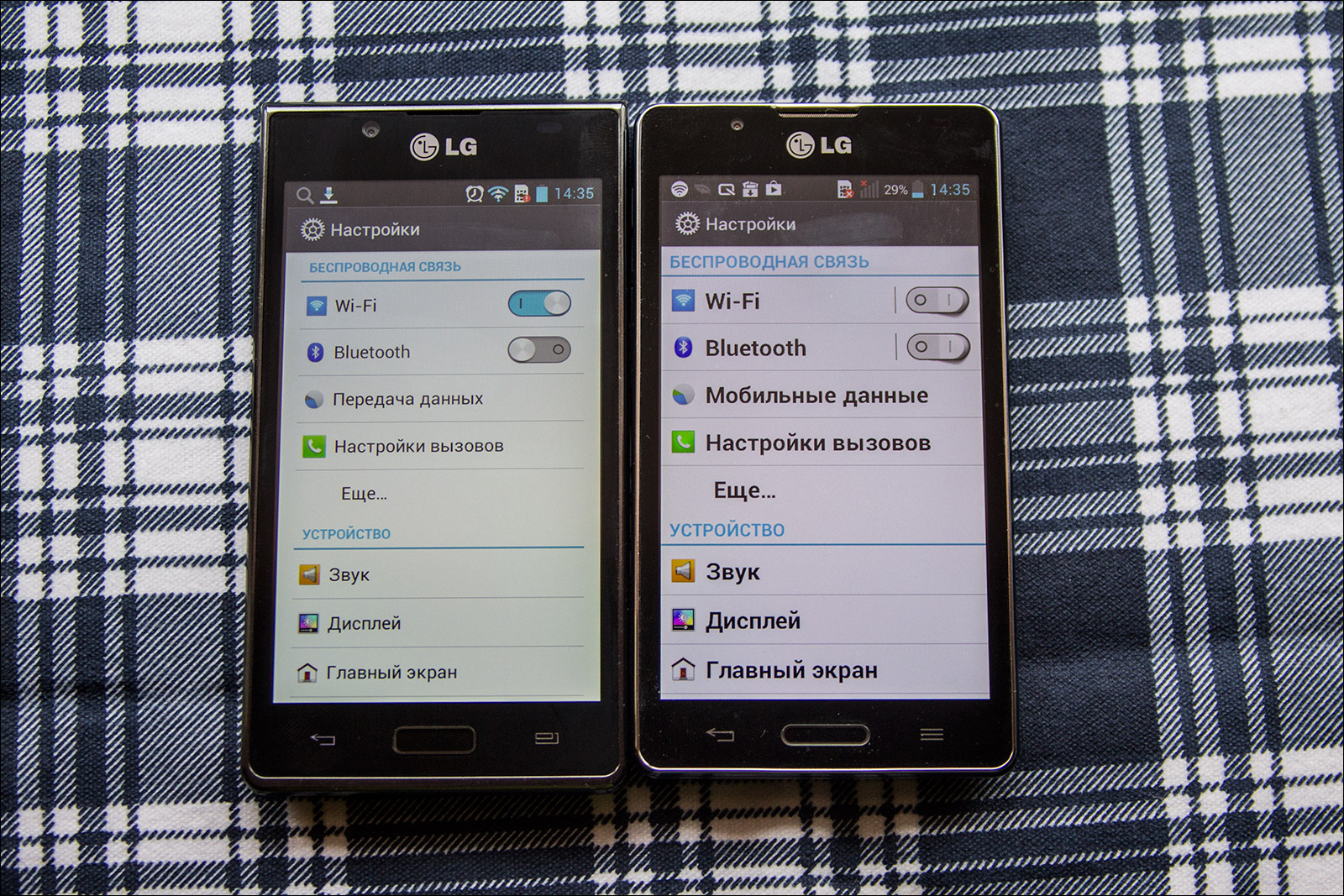
On the left - Optimus L7 of the first generation, on the right - Optimus L7 II.
Sensor backlight adjustment did not appear, viewing angles - normal, brightness - at the average ward level. You should not wait for miracles in the field of resolution or color reproduction, on the other hand, find something new for the same money and release in 2013 with a similar screen. (The Chinese do not count).

Screen Galaxy S II (top) and Optimus L7 II Dual (bottom) at maximum brightness.
Only three things can be said about the camera: it is there, its resolution is 8 megapixels and it makes frames. Almost all devices in this class have “classic” 5MPx-modules, and here they put the camera “as in an iPhone” :)
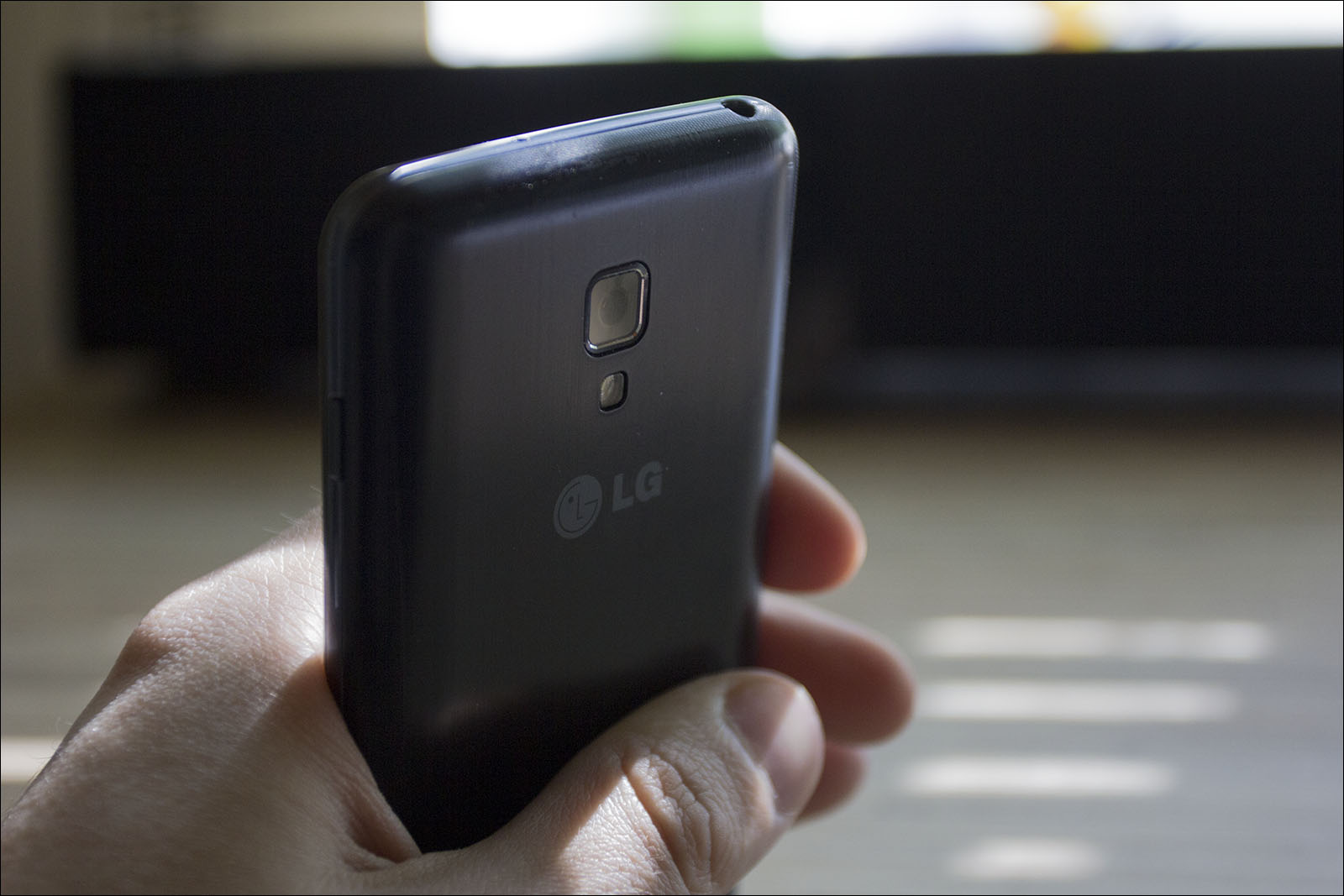
The quality of frames - in the disclosed spoiler. Miracles should not wait, the device is a budget one, and these megapixels are needed here, rather, for the not very technically savvy part of the population. There were all sorts on the forums “again in the middle segment of 5 megapixels” - so they got what they wanted.
It just so happened that a multi-megapixel module the size of a pinhead was put into the middle and low-end segments and glue a plastic lens on top. Unfortunately, this does not add quality to the pictures, but the weight of the final image and the amount of noise increase. So in the settings, you can safely set the half frame size, and without losing a drop in quality, save the device memory and traffic / time by 3-4 times as unloading photos in the social network. At the same time, it will allow losing fewer details, because by compressing the image obtained by the eight-megapixel module, we will get more information than by getting it on a similar 5mpx instance. So let it be 8 megapixels, if users like it.
Even with good conditions (a lot of light, a scattered and not too contrasting object for a photo), there will be no master photos with unpretentious soap dishes, but it’s enough to remove the car number, an ad seen on Ferrari street or something else. Photos are obtained at about the level of the Galaxy S II, the flagship of 2011. Red will look red instead of pink or red, blue blue, not purple. And for a similar price, a larger device is not required, and if you want a lot of photos, buy the cheapest soap box, it's more convenient, and even an optical Zoom any, let it be. We write videos in 720x480, 480x360, 320x240 and 176x144 formats, the phone is exposed to the “concert bug” to a much lesser extent than the Nexus 4.
Smartphones are running Android 4.1 JellyBean. About the update to 4.2 do not say anything, however, it has not yet received even the flagship Optimus G, but there have already been a few minor updates.
In the “seven”, of course, there is a proprietary shell Optimus UI and all its chips in the form of Q-Memo, settings in the notification panel, a fairly convenient manager of desktops and applications. The kit also comes with a bit of pre-installed software, some of which performs very interesting functions. I am glad that almost all the pre-installed software can be removed using the built-in system utility. In addition, in the LG App, a free (!) City Guide was noticed.
Otherwise, the features are the same as in Optimus G, but smaller on the screen. A nice bonus is the fact that the Q-Memo button can be reassigned to almost any other functionality. The camera, the scheduler, mail, application, start of search - everything that the soul will wish.
An additional interesting thing for parents is the Safety Care system, which allows both to notify selected numbers about an emergency, or simply to request status or send a notification if the phone is inactive for a certain time. There are not so many opportunities, but they are all very useful, and having such tools right in the system is a great approach to budget models that are often bought by children or elderly people. (Yes, don't laugh, my grandmother has a smartphone and she knows how to use it, and she takes pictures, and sends her friends to the post office, and has mastered Skype, and whatsapp she has).
Sick issue Android devices and a reason for jokes from all iDiotov who really did not use modern Android-smartphones. The phone has an impressive battery of 2460 MAh, which provides excellent performance in the field of non-outlet swimming.

If you use a smartphone in the tail and mane (hour of calls, 10-20 sms, half a day in the browser, messengers and social networks, active use of 3G / WiFi connections, some music in the evening), and the display brightness does not drop below 70% then by night in the battery there are still 10-15 percent of life-giving electrons.
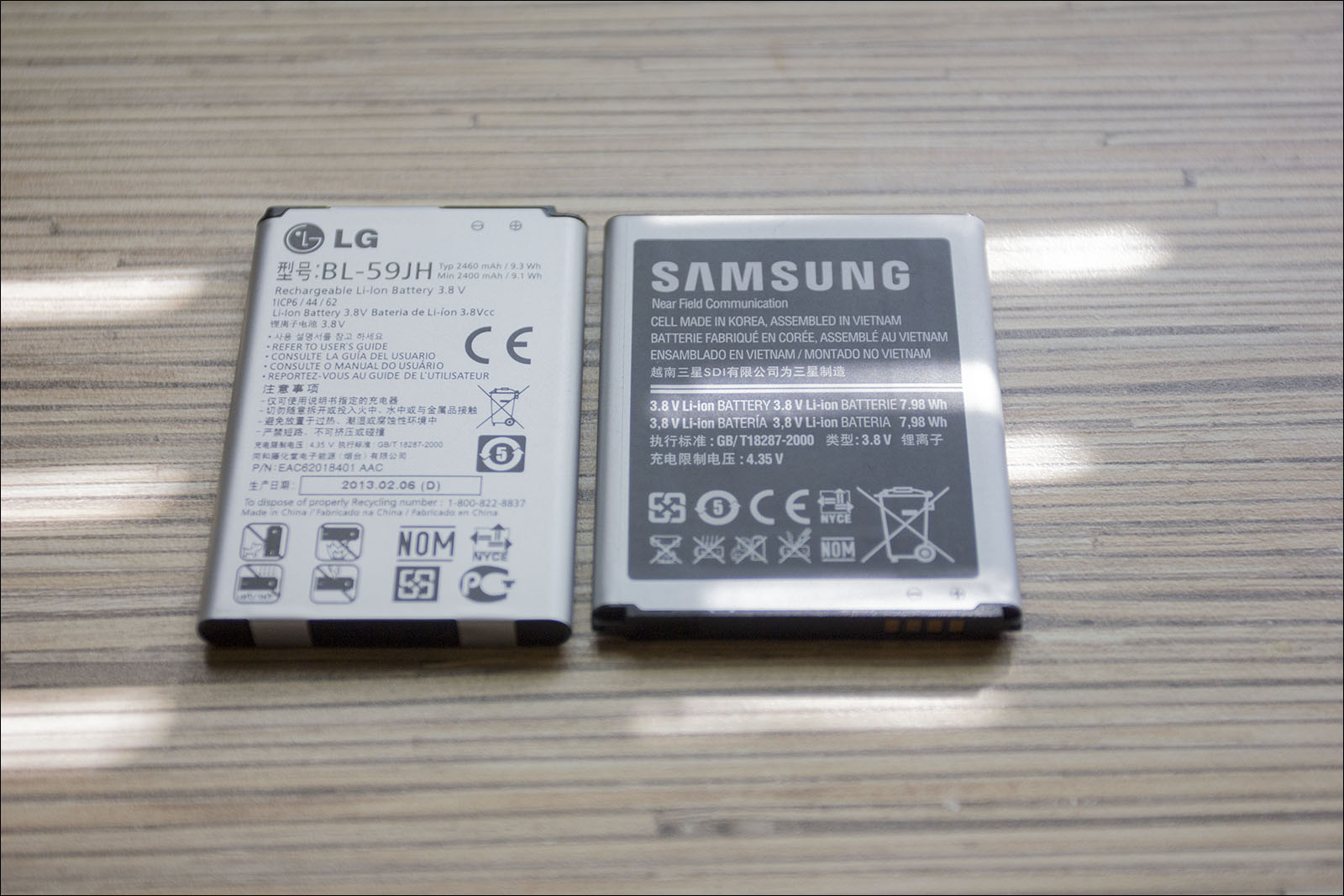
L7 II battery next to the Galaxy S III battery
A good result for a device with a standard battery, which was actively working from 8 to 22 hours. Testing, as usual, was carried out on his beloved woman who very actively uses her smartphone at work.
Considering the results obtained during past tests (reviews: Nexus 4, Optimus G), and the above images, I think you can put a solid number five on the phone.
L7 II is a good device. Not perfect, but very, very good (for its class). On the one hand, the manufacturer has saved on body materials and some trifles, such as the button illumination and the light sensor. On the other hand, performance, autonomy and the screen are not bad. Let's try to sort everything out?
Pros:
Minuses:
Wind correction:
As you can see, the pluses have turned out harder minuses, especially if we take into account the specifics of the L-series of smartphones from LG and the presence of cadres-dvuhsimochnikov from other well-known manufacturers.
A geek who understands Android devices, if there are a couple of weeks of free time, will probably prefer some Chinese with random quality indicators (a friend returned two JiaYu G3 out of three who came) and a circus with a series of accidents, fires and mass layoffs at Hara Roissy.
A person who needs “bought, turned on, works” would rather prefer something from well-known brands (sold in Svyaznoy, Euroset or some other Eldorada), but here the choice is not as good as we would like. Flagship models are not released in a dual-sense version (you can search for Asian versions, but, again, this is a circus and point), and non-flagship models in certain segments have to be chosen, having thoroughly studied the materials on all the “contestants”, because manufacturers save on what horrible. Where is the hvga screen with disgusting viewing angles, where there is little memory, where the processor suffers, or 3G is missing ... In general, who is in that much, he saves on that. L7, for all its budget, leaves the user with a normal screen (IPS), performance (2 cores at 1 GHz) and autonomy (2460mAh), sacrificing the quality of the case materials, a light sensor (and I am sure that if you have a front camera, you can When the screen is on, it is necessary to conduct a banal metering, and according to the data obtained to adjust the brightness, it is strange that the engineers did not think of this) and the quality of images from the camera. And is it worth it - ovchinka manufacture - you decide.

I already had experience of communicating with the L-line last year. The ideas embodied in it may have been good, but the performance at that time let us down. Did you correct the errors in 2013? Let's get a look.
Appearance
This year, LG decided to separate dualsim and singlesim devices stronger than the touch buttons on the front panel. All design is completely, completely. See for yourself:

L5 II, L7 II, L7 II dual, L7 1st generation.
Rounded shapes, textured back panel, neat plastic rim “under chrome” against the usual “brick” forms of the L-series. Something like the situation with a licked Nexus4 and strict Optimus G. Nothing new, in fact, in the design of its budgetary LG did not come up, but the accents were set.
')

Both smartphones are identical in hardware. The lock button is on the right side (and right, there’s the place for it), the volume control and the custom Q-button are on the left. The odnosimochnika also has a home button. The hardware solutions are over, the remaining buttons (on the front panel) are touch-sensitive, and, apparently, because of economy, they are completely devoid of backlighting and are simply painted with silver paint.

In the case of the L7 II, this decision, in principle, does not affect usability in any way - the “home” button is lit, but with the Dualsim-version it’s obviously a miscalculation: it’s not very convenient to use in the dark. Saving here, I think, not even in components (LEDs, a scattering substrate), but trite in time and resources at the production stage of the case. Apply the paint symbol where it is faster than to engrave it or in some other way make it light-guided. On the backs, by the way, also saved:

On the right - Optimus L7 of the first generation, on the left - Optimus L7 II.
Ok, distracted, back to ergonomics.
On the top, there is a headphone jack and a microphone hole (apparently for recording video with sound). Below - MicroUSB, which has become the standard for Android-smartphones, and one more hole for the microphone, this time - the conversational one.
The battery cover is removed simply - just pick it up in the microUSB-connector and lift up. Inside, there is a slot for microSD cards that supports hot swapping (not to say that this is a very important function, but better than hiding it under the battery).

Connectors for SIM cards, unfortunately, in spite of external accessibility are located in a certain indentation: a full-size SIM card, even from the top slot, cannot be removed without removing the battery. In dvuhsimochnik they are “sandwich”. It would be much more convenient to have slots “near”, since the smartphone is not small, you could find a place. And yes, do not try to shove a MicroSim into the device - getting it from there is almost impossible. Especially from the bottom slot.

Sizes next to other popular smartphones.
Performance
The scourge of the past L7 was a single-core in-order processor, which hardly digested multitasking and the fourth Android. Good (for its price range) case materials, a good screen, a smart shell and a price tag, of course, played a role, but it was enough to start using a smartphone every day, even using a minimal set of software (IM client, twitter, browser and client, say, social network such as "VKontakte"), as the L7-P705 turned into a very thoughtful device that required the user's peace of mind. "Click, I will, just do not poke a thousand times." Something like this. In the new generation, LG took into account production errors, expanding the amount of RAM and adding a second nucleolus to the processor. Thus, the specs began to look like this.
| CPU | GPU | Ram | |
| L7 - 2012 | Qualcomm 7225a ARM Cortex A5 1 core @ 1000 MHz | Adreno 203 | 512 MB |
| L7 II - 2013 | Qualcomm 8225a ARM Cortex A5 2 core @ 1000 MHz | Adreno 203 | 768 MB |
Despite the fact that the processor remained in-order, the performance in some synthetic benchmarks has doubled! Thanks to the second core and 256 meters of RAM.
Antutu Benchmark on poyuzanny L7 produces about three thousand parrots. On the actively used L7 II dual - more than six thousand.
The graphics subsystem lacks stars from the sky, but it can be described as “sufficient”: the main toys are launched, the FPS tests float around 25-30 frames, and the animation of changing application windows or opening the main menu has stopped resembling a slideshow. The most pleasant bonus is the extra 256 megabytes of RAM. Now, with the messenger and player open, the browser or reader will stop falling out of memory. The work on the bugs was not done in vain: you can really use the phone every day, and not feel the problems of “clogging” the memory with software.
Display
In the previous version - IPS, in these - also IPS.

On the left - Optimus L7 of the first generation, on the right - Optimus L7 II.
Sensor backlight adjustment did not appear, viewing angles - normal, brightness - at the average ward level. You should not wait for miracles in the field of resolution or color reproduction, on the other hand, find something new for the same money and release in 2013 with a similar screen. (The Chinese do not count).

Screen Galaxy S II (top) and Optimus L7 II Dual (bottom) at maximum brightness.
Camera
Only three things can be said about the camera: it is there, its resolution is 8 megapixels and it makes frames. Almost all devices in this class have “classic” 5MPx-modules, and here they put the camera “as in an iPhone” :)

The quality of frames - in the disclosed spoiler. Miracles should not wait, the device is a budget one, and these megapixels are needed here, rather, for the not very technically savvy part of the population. There were all sorts on the forums “again in the middle segment of 5 megapixels” - so they got what they wanted.
Hidden text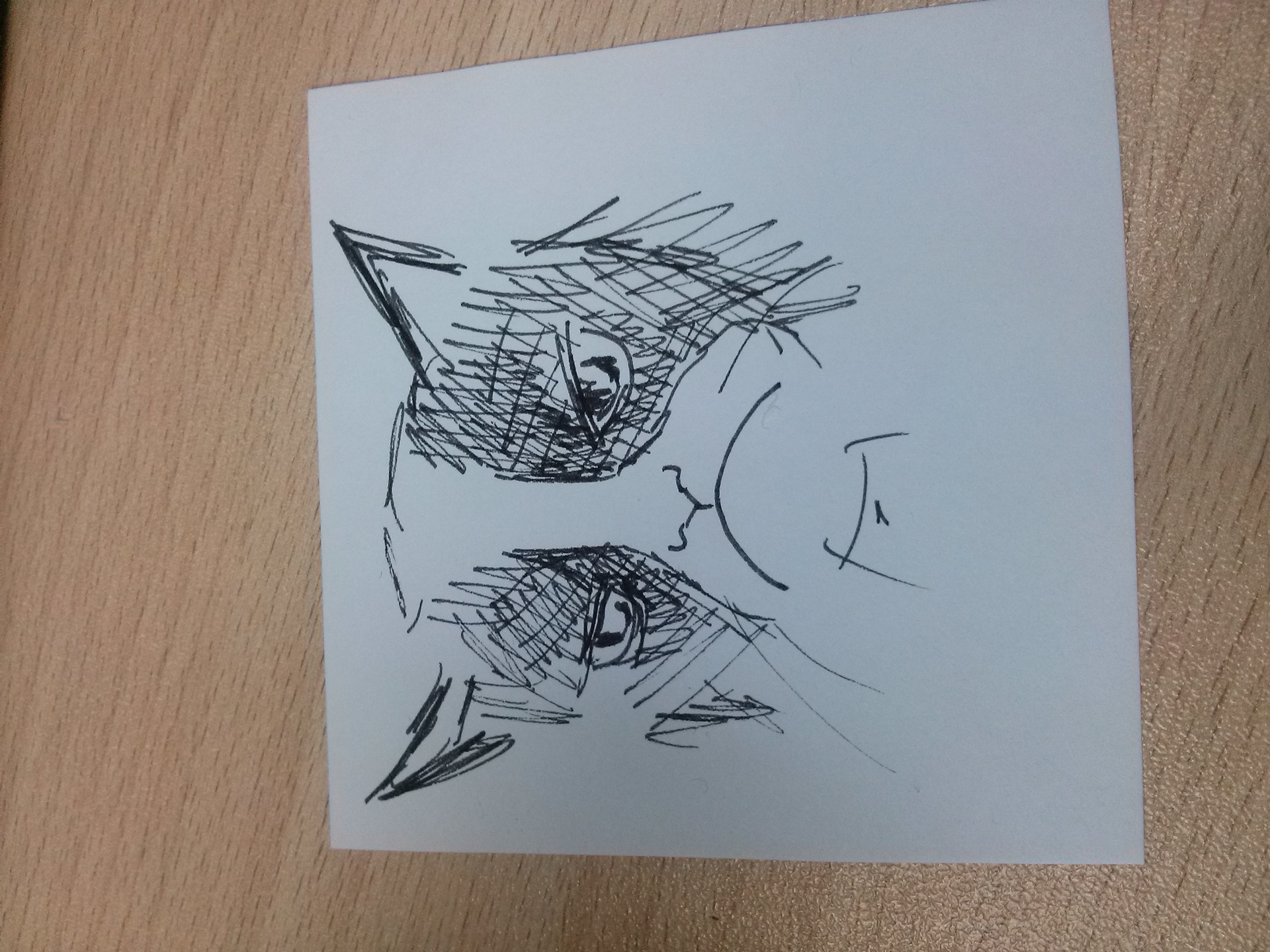
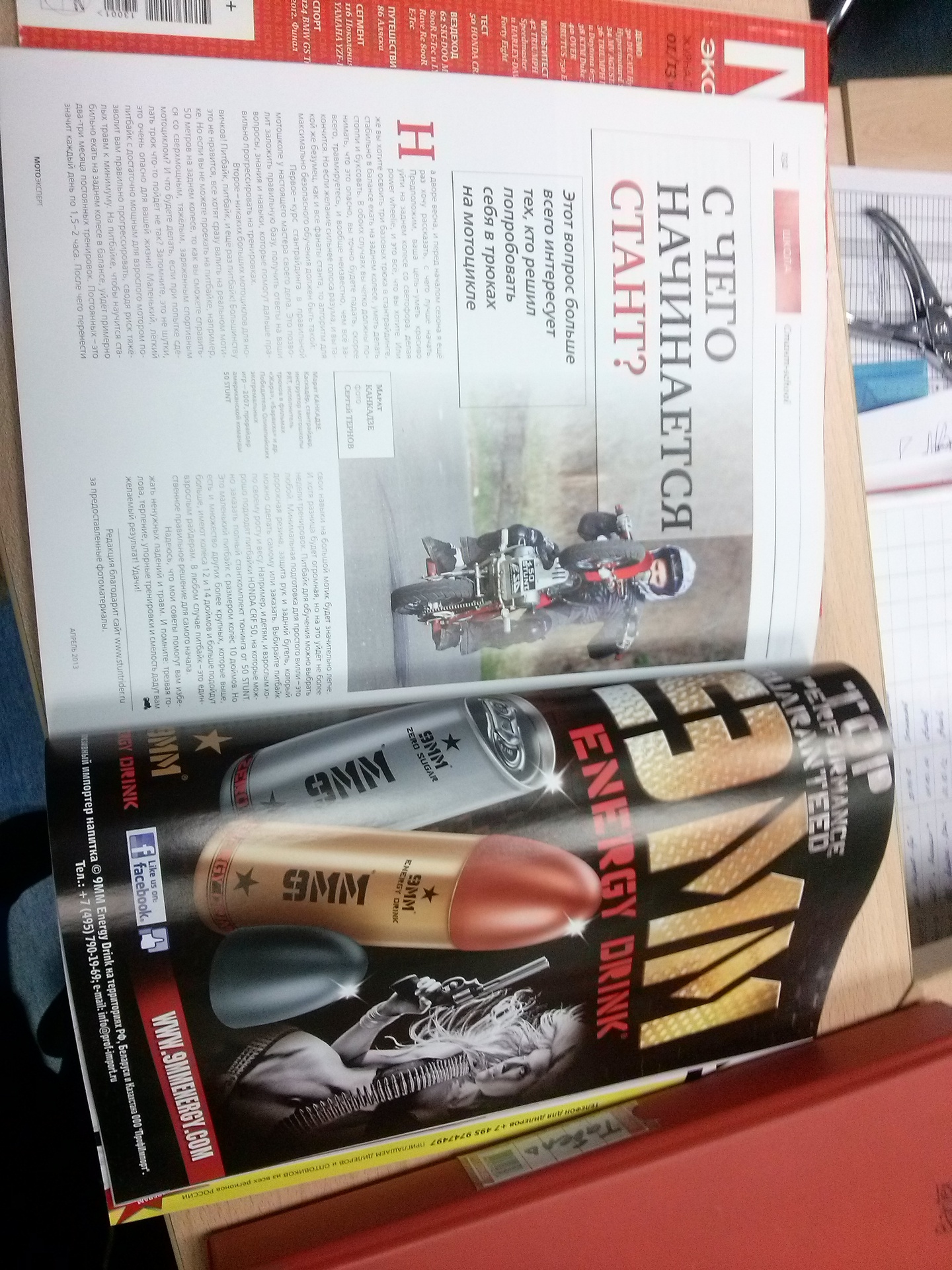

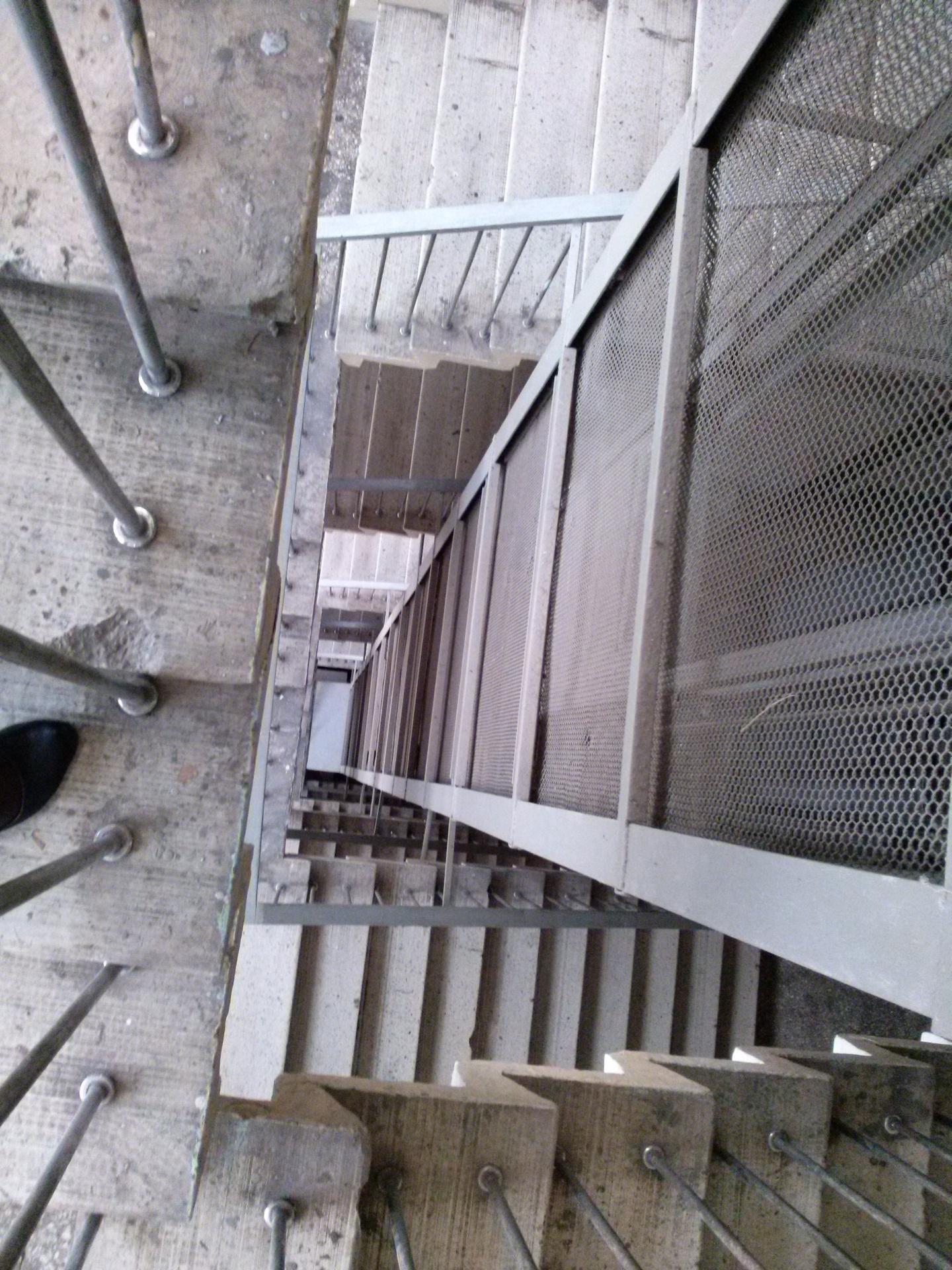


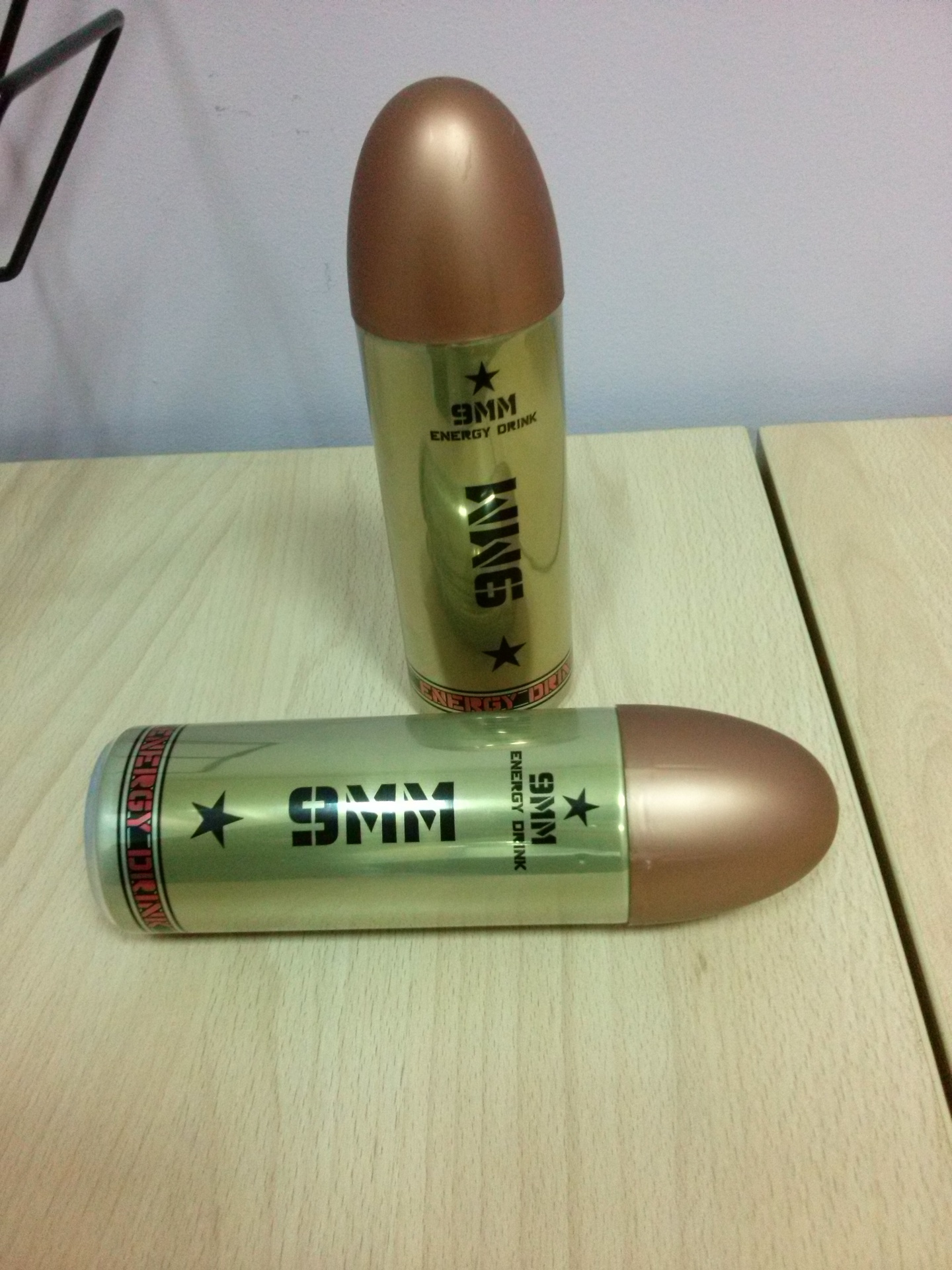


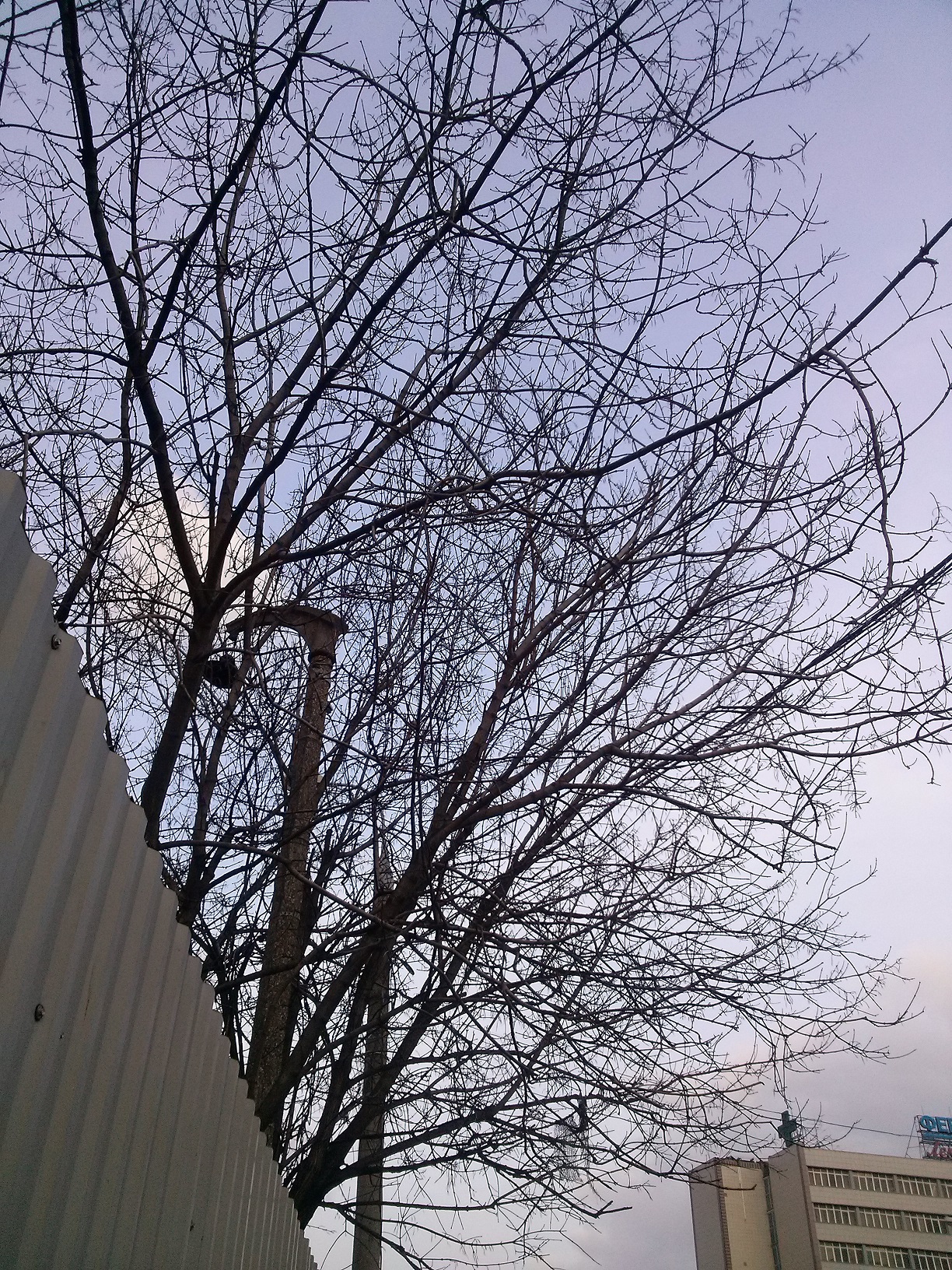
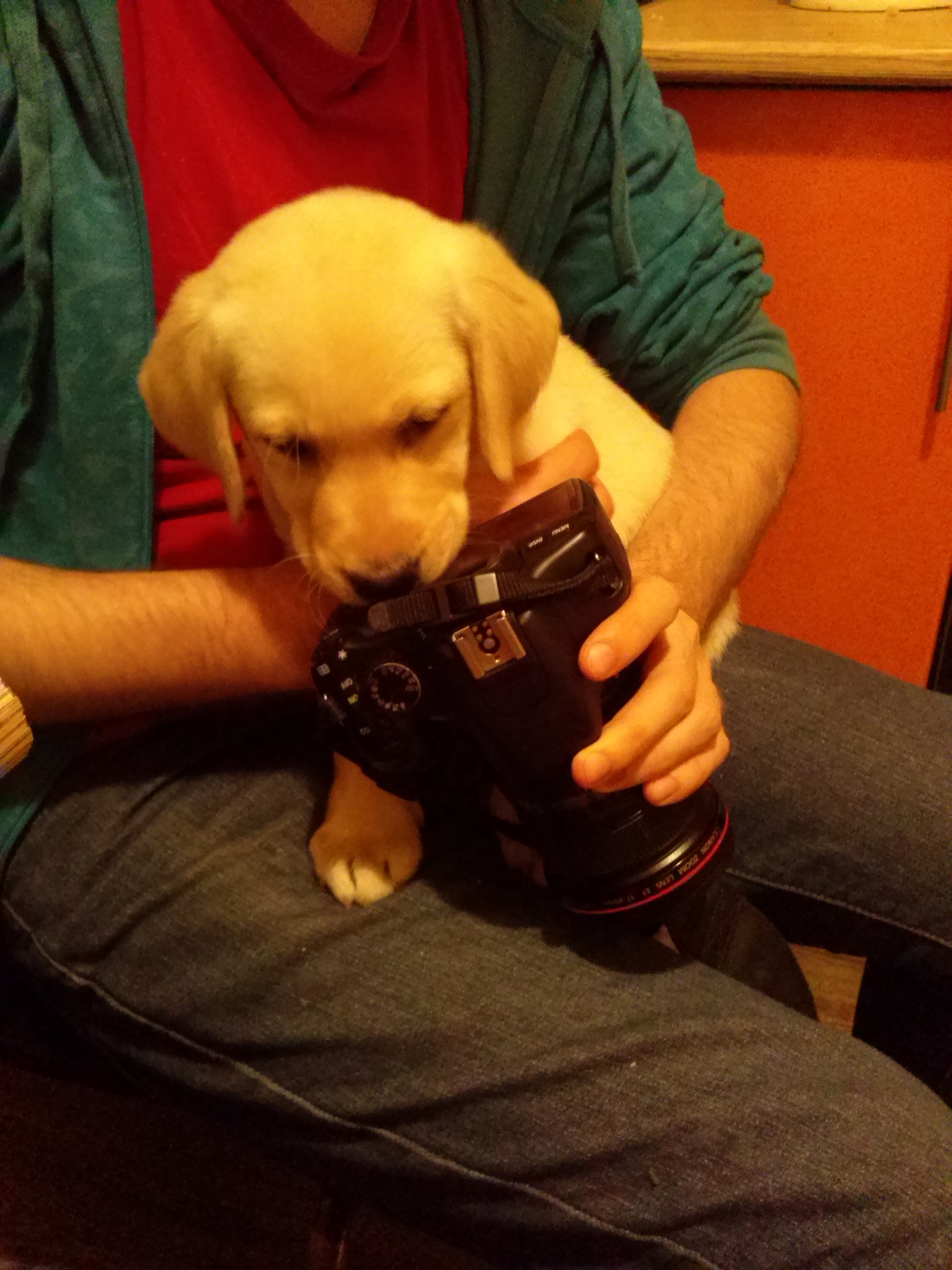

Some of the photos were already on the device, someone fotkal to me. :)












Some of the photos were already on the device, someone fotkal to me. :)
It just so happened that a multi-megapixel module the size of a pinhead was put into the middle and low-end segments and glue a plastic lens on top. Unfortunately, this does not add quality to the pictures, but the weight of the final image and the amount of noise increase. So in the settings, you can safely set the half frame size, and without losing a drop in quality, save the device memory and traffic / time by 3-4 times as unloading photos in the social network. At the same time, it will allow losing fewer details, because by compressing the image obtained by the eight-megapixel module, we will get more information than by getting it on a similar 5mpx instance. So let it be 8 megapixels, if users like it.
Even with good conditions (a lot of light, a scattered and not too contrasting object for a photo), there will be no master photos with unpretentious soap dishes, but it’s enough to remove the car number, an ad seen on Ferrari street or something else. Photos are obtained at about the level of the Galaxy S II, the flagship of 2011. Red will look red instead of pink or red, blue blue, not purple. And for a similar price, a larger device is not required, and if you want a lot of photos, buy the cheapest soap box, it's more convenient, and even an optical Zoom any, let it be. We write videos in 720x480, 480x360, 320x240 and 176x144 formats, the phone is exposed to the “concert bug” to a much lesser extent than the Nexus 4.
Operating system
Smartphones are running Android 4.1 JellyBean. About the update to 4.2 do not say anything, however, it has not yet received even the flagship Optimus G, but there have already been a few minor updates.
In the “seven”, of course, there is a proprietary shell Optimus UI and all its chips in the form of Q-Memo, settings in the notification panel, a fairly convenient manager of desktops and applications. The kit also comes with a bit of pre-installed software, some of which performs very interesting functions. I am glad that almost all the pre-installed software can be removed using the built-in system utility. In addition, in the LG App, a free (!) City Guide was noticed.
Otherwise, the features are the same as in Optimus G, but smaller on the screen. A nice bonus is the fact that the Q-Memo button can be reassigned to almost any other functionality. The camera, the scheduler, mail, application, start of search - everything that the soul will wish.
An additional interesting thing for parents is the Safety Care system, which allows both to notify selected numbers about an emergency, or simply to request status or send a notification if the phone is inactive for a certain time. There are not so many opportunities, but they are all very useful, and having such tools right in the system is a great approach to budget models that are often bought by children or elderly people. (Yes, don't laugh, my grandmother has a smartphone and she knows how to use it, and she takes pictures, and sends her friends to the post office, and has mastered Skype, and whatsapp she has).
Autonomy
Sick issue Android devices and a reason for jokes from all iDiotov who really did not use modern Android-smartphones. The phone has an impressive battery of 2460 MAh, which provides excellent performance in the field of non-outlet swimming.

If you use a smartphone in the tail and mane (hour of calls, 10-20 sms, half a day in the browser, messengers and social networks, active use of 3G / WiFi connections, some music in the evening), and the display brightness does not drop below 70% then by night in the battery there are still 10-15 percent of life-giving electrons.

L7 II battery next to the Galaxy S III battery
A good result for a device with a standard battery, which was actively working from 8 to 22 hours. Testing, as usual, was carried out on his beloved woman who very actively uses her smartphone at work.
Considering the results obtained during past tests (reviews: Nexus 4, Optimus G), and the above images, I think you can put a solid number five on the phone.
Results and impressions
L7 II is a good device. Not perfect, but very, very good (for its class). On the one hand, the manufacturer has saved on body materials and some trifles, such as the button illumination and the light sensor. On the other hand, performance, autonomy and the screen are not bad. Let's try to sort everything out?
Pros:
- IPS screen with normal resolution for such a diagonal;
- Dual-core processor providing enough performance in everyday life and very energy efficient due to its “simple” cores;
- Battery for 2460 MA * h, which ensures the work "from dawn to dusk" and a little more;
- Not overloaded shell with a really interesting software, inherited from the older line;
- The 8 megapixels in the camera are what the users of such smartphones wanted (at least, polls and discussions on forums say so);
- Good appearance and tactile sensations despite the savings on the materials of the body.
Minuses:
- Brand and easy-to-scratch plastic, both on the screen and on the back panel;
- 768 megabytes of RAM is better than 512, but I don’t think that 1 gigabyte would be much more expensive in our high-tech age;
- The absence of a light sensor, a slider with brightness in the notification area does not always save the situation.
Wind correction:
- This smartphone does not take for toys or Ponte. The smartphone is designed for undemanding users who can hardly be called geeks. He will be presented to a seventh grader who wants a smartphone, like everyone else in the class, or will buy himself in order to write sms, call, view mail and web pages, occasionally play popular toys in public transport or at meetings. :)
- The model belongs to the budget line, and among inexpensive smartphones is one of the best in the class. Accurate appearance, well-known manufacturer, who should not have any special problems with the repair (in which case) or maintenance of the device, guaranteed average quality of workmanship, “white” deliveries to the Russian Federation.
As you can see, the pluses have turned out harder minuses, especially if we take into account the specifics of the L-series of smartphones from LG and the presence of cadres-dvuhsimochnikov from other well-known manufacturers.
A geek who understands Android devices, if there are a couple of weeks of free time, will probably prefer some Chinese with random quality indicators (a friend returned two JiaYu G3 out of three who came) and a circus with a series of accidents, fires and mass layoffs at Hara Roissy.
A person who needs “bought, turned on, works” would rather prefer something from well-known brands (sold in Svyaznoy, Euroset or some other Eldorada), but here the choice is not as good as we would like. Flagship models are not released in a dual-sense version (you can search for Asian versions, but, again, this is a circus and point), and non-flagship models in certain segments have to be chosen, having thoroughly studied the materials on all the “contestants”, because manufacturers save on what horrible. Where is the hvga screen with disgusting viewing angles, where there is little memory, where the processor suffers, or 3G is missing ... In general, who is in that much, he saves on that. L7, for all its budget, leaves the user with a normal screen (IPS), performance (2 cores at 1 GHz) and autonomy (2460mAh), sacrificing the quality of the case materials, a light sensor (and I am sure that if you have a front camera, you can When the screen is on, it is necessary to conduct a banal metering, and according to the data obtained to adjust the brightness, it is strange that the engineers did not think of this) and the quality of images from the camera. And is it worth it - ovchinka manufacture - you decide.
Source: https://habr.com/ru/post/175287/
All Articles